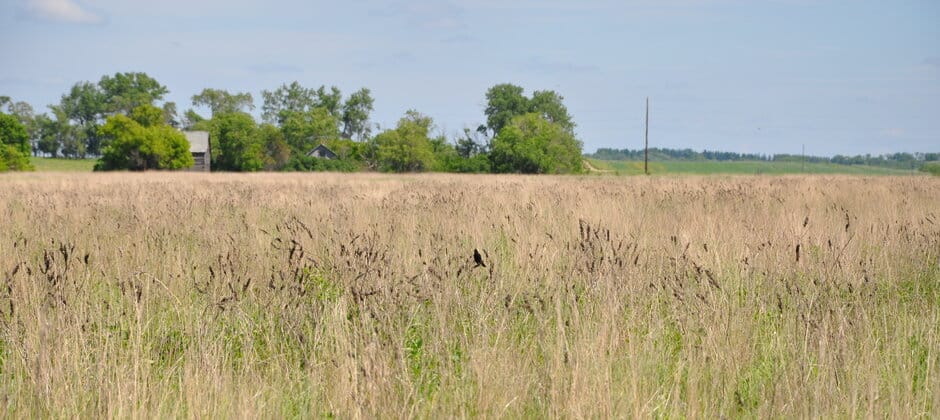Share this article
Nearly 3 million acres enrolled in Conservation Reserve Program
The U.S. Department of Agriculture has accepted 2.8 million acres of private land into the Conservation Reserve Program in 2021.
The program allows landowners to receive an annual payment in exchange for removing environmentally sensitive land from agricultural production and planting species that will improve environmental health and quality. Conservation Reserve Program enrollment, which provides vital wildlife habitat on private lands, has been falling in recent years.
The enrollment goal for CRP lands set in the 2018 Farm Bill is 25 million acres for this year and 27 million acres by 2023. While reaching these targets would be significant, the current acreage goal is still far below the nearly 37 million acres enrolled at the program’s peak in 2007.
Prior to this year’s signup, which ran from January until July, there were 20.8 million acres enrolled in CRP, leaving a difference of about 4 million acres between the agency’s goal and the actual CRP enrollment. The decrease in recent enrollments was likely due to reductions in rental payments to landowners initiated during the previous administration, as well as the high number of expiring contracts. While the new enrollments will offset some of that difference, an additional 4 million acres are set to expire by October 2022. The USDA will continue to enroll acres in the coming months with the hope of offsetting some of these expiring acres.
In an attempt to increase program participation, earlier this year, the USDA announced changes to the CRP. The rental rates paid to landowners were increased and the number of eligible land management practices was increased as well, with an emphasis on practices that would contribute to climate change mitigation.
Encouraging enrollment in the CRP is part of the current push toward conserving 30% of the nation’s land and water by 2030, which was announced during the early days of the administration. Earlier this year, The Wildlife Society, the Association of Consulting Foresters and the Society of American Foresters wrote a letter to Agriculture Secretary Thomas Vilsack emphasizing that natural resource professionals should be key allies in the administration’s efforts to address climate change and pursue the 30 by 30 initiative.
Conservation Reserve Program lands—and the lands enrolled in other Farm Bill programs—provide vital wildlife habitat as well as other ecosystem services. When the 2018 Farm Bill was being drafted, The Wildlife Society provided input to the Association of Fish and Wildlife Agencies as it developed its recommendations for the Farm Bill.
Read TWS’ Technical Review on Fish and Wildlife Response to Farm Bill Conservation Practices.
Header Image: Nearly three million acres of private land have been enrolled into the Conservation Reserve Program this year. Credit: USDA








